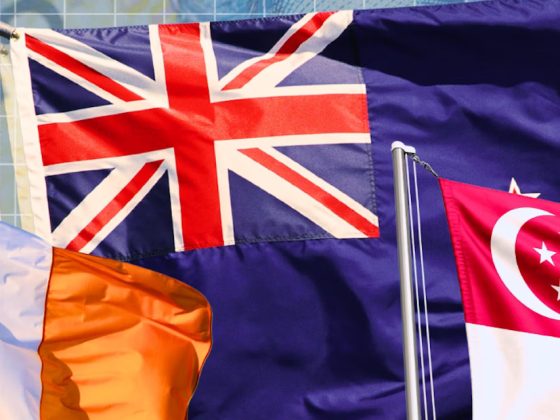Globally, single women are more likely to struggle having enough money to buy food, data from the recent Gallup World Poll reveals.
Highlights
Forty-four percent of the single mothers worldwide responded with a yes when they were asked the question, “Have there been times in the past 12 months when you did not have enough money to buy food that you or your family needed?”
In contrast, only 28% of the rest of the world’s adults face this problem. With this, the gap is 16 percentage points wide.
The gaps are more pronounced if the data is inspected at the regional level. For instance, if one will consider the highest percentage of single women with children who reported not having enough money for food the past 12 months, sub-Saharan Africa recorded the highest figure, at 65%.
Gallup notes, however, that this only reflects the general state of poverty in the region. For contrast, 61% of the rest of the adults in the same region reported having this difficulty as well. The gap isn’t that noticeable.
If one were to consider the wideness of the gap between single mothers and the remaining adult population, North America recorded the highest figure, with a gap of 26 percentage points.
43% of single mothers in this region reported difficulties in putting food in their place. For comparison, only 17% of the rest of the adults in the region reported the same issue.
According to Gallup, this gap can be attributed to the higher baseline level of economic security in North America. In the US in particular, they reported that a large proportion of single mothers live in low-income communities where both childcare options and job opportunities are scarce.
This serves as a huge barrier in uplifting their economic condition. Gallup suggests the increase in public investments in childcare and other strategies to eliminate the barriers to education and job opportunities for single mothers in order to level the playing field.
Methodology
The Gallup World Poll is a regularly conducted survey which tracks the most important global issues, including food access, employment, and well being, amongst others.
These surveys are designed to make the responses of different countries directly comparable. They are also designed to enable the monitoring of changes in a country’s responses for each survey period.
In order to identify the single mothers among the respondents, Gallup used a proxy measurement. They identified women with ages of 18 to 60 with children younger than 15 in their household. This subset is what they considered to be the single women in the sampled population.
The findings of this particular study are based from five iterations of the Gallup World Poll that were conducted from 2014 to 2018. These iterations covered 140 countries, representing 99% of the world population.
If you want to know more about the specifications of the data collection process for all of the countries included in the survey, you can check Gallup’s documentation. Their database is also accessible on a subscription basis.











